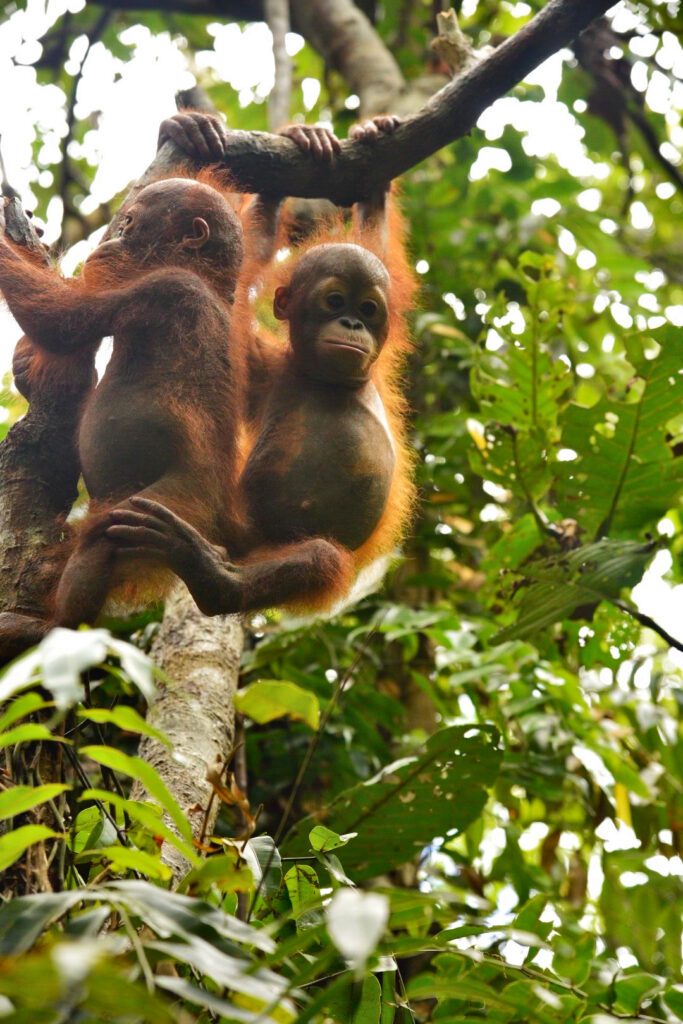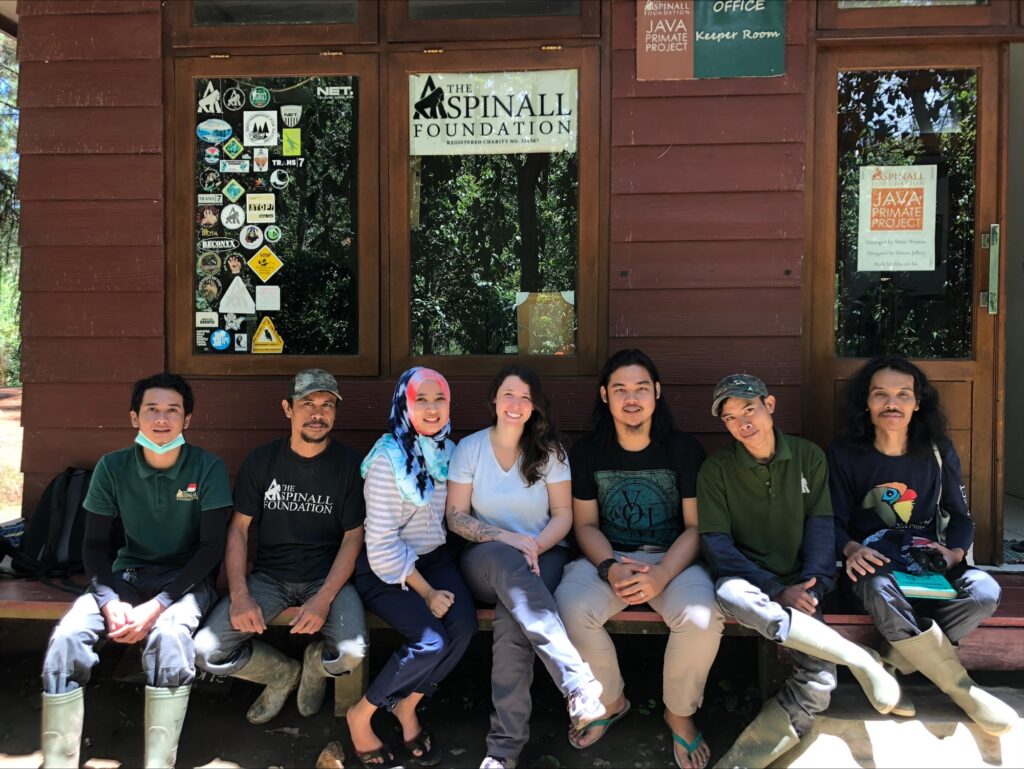In the fall of 2017 I visited Indonesia to expand on my Masters of Science theses titled Implementing Best Practice Guidelines: Opportunities, Barriers, and Suggestions for Orangutan Rehabilitation and Re-Introduction Centers in Indonesia.
While in Indonesia I visited three primate rehabilitation and re-introduction centers: The Aspinall Foundation in Java, Sumatran Orangutan Conservation Program in Sumatra, and International Animal Rescue in Kalimantan, Borneo.
The Aspinall Foundation rehabilitates and re-introduces Javan gibbons to the wild, langurs and various other primate species that may be surrendered or rescued. International Animal Rescue focuses mainly on Bornean Orangutan re-habilitation and re-introduction into the wild. The primate species within these centers are victims of mass habitat deforestation for agriculture or the wild primate pet trade.
My main focus was to determine whether the International Union for the Conservation of Nature (IUCN) Best Practice Guidelines for the Re-Introduction of Great Apes was in need of an updated version since it was first published in 2007. Orangutan and other Indonesian primate rehabilitation centers have seen a dramatic increase in number of orangutans in need due to the continued deforestation of their habitats in order to grow palm oil. Because of the increase of individuals and the decrease of wild habitat to re-introduce them into, the practices that were once standard in the past have now changed.


My project aims were based on a theme:
1. To determine the applicability of the IUCN Best Practice Guidelines for the Re-Introduction of Great Apes to orangutan rehabilitation and re-introduction practitioners;
2. To determine the major difficulties practitioners face in implementing the IUCN guidelines; and
3. To determine the potential need for an updated best practice guideline containing in-depth orangutan-specific rehabilitation and re-introduction practices.
I obtained my data from interviews with practitioners and questionnaires handed out to those willing to participate. The questions asked pertained to the project aims.
The quantitative results from the questionnaire determined that the majority of practitioners felt that the IUCN guidelines for great ape re-introduction lack orangutan-specific information with a need to update sections regarding policies and protocol for guideline compliance and post-release monitoring.
– Zoo Keeper Clare Beldin-Walker
Resources for orangutan conservation:
- Cheyenne Mountain Zoo has great information and resources including the PalmOil Scan Mobile App to help you make sustainable choices








